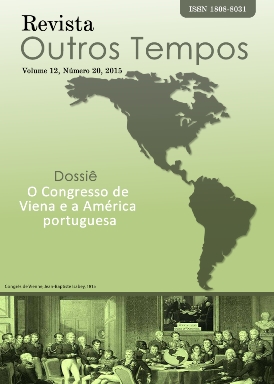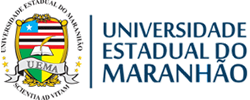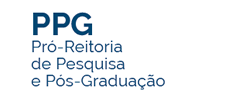POSSIBLE ANALYSIS ONCOTTON PRODUCTION INMARANHÃO (1755-1818): relating the concept of "second slavery" with credit practices
DOI:
https://doi.org/10.18817/ot.v12i20.489Keywords:
Escravidão. Algodão. Maranhão.Abstract
Abstract: From the middle eighteenth century begins the extensive cultivation of cotton. There weren’t even metropolitan investments in the port of São Luís. The Companhia Geral de Comércio do Grão-Pará e Maranhão (General Companyof Grão-Pará e Maranhão ́s Commerce -1755-1788) boosted the cotton production with the acquisition of slaves and effective flow to Europe, taking advantage of American Civil War crisis and the absence of monopoly. This Company was closed, however, the cultivation of cotton continued to grow. Being aware that at this same time there was an industrial demand for cotton, we ask, mainly: a) which social actors were involved in Maranhão? b)what happened that the cotton has been changed from inner currency to commodity? c) what kind of connection between the “second slavery” concept and the cotton enterprise can be done? d) What was the relevance of the credit to guarantee this production? In order to answer these questions we will analyze Gaioso’s book and other documents.
Keywords: Slavery. Cotton. Maranhão.
Downloads
Downloads
Published
How to Cite
Issue
Section
License

Outros Tempos - Pesquisa em foco - História de http://www.outrostempos.uema.br/site/ é licenciado sob uma Licença Creative Commons Atribuição-NãoComercial-SemDerivados 3.0 Brasil.






